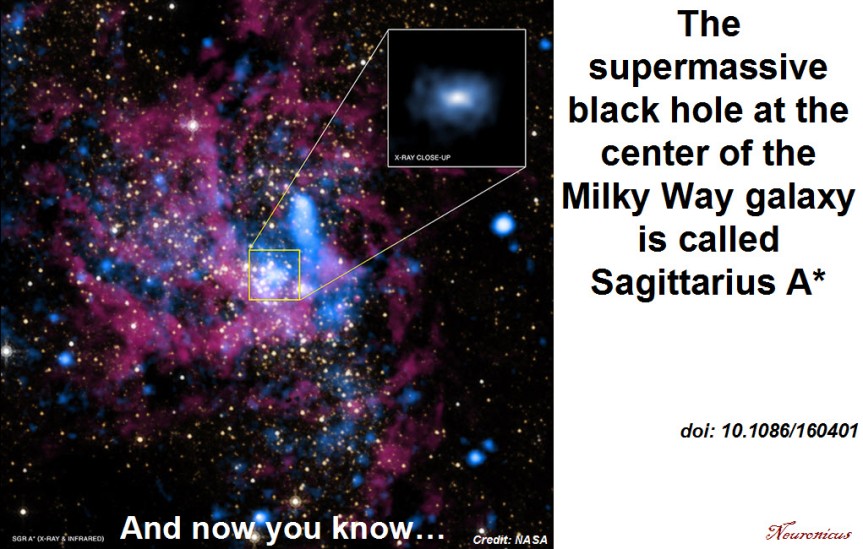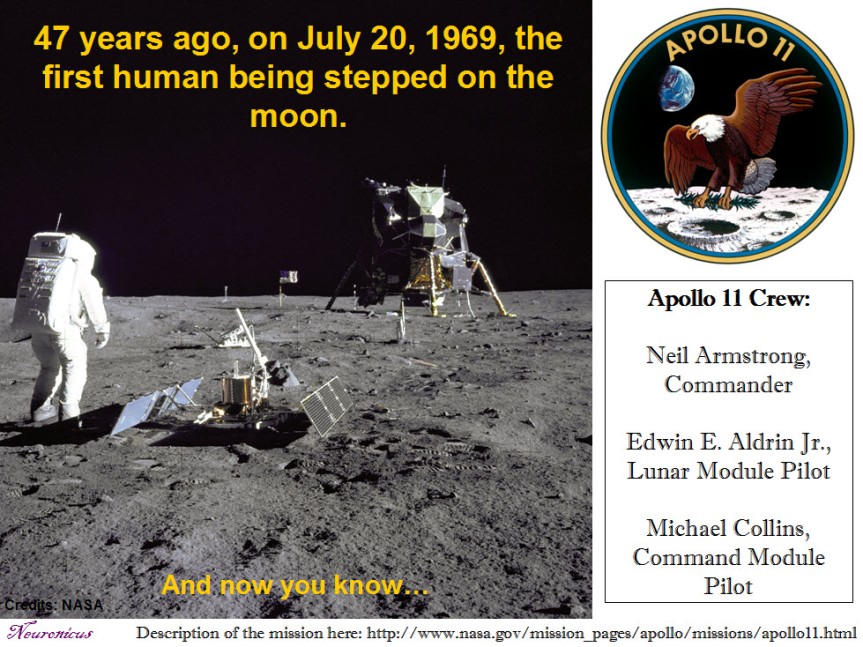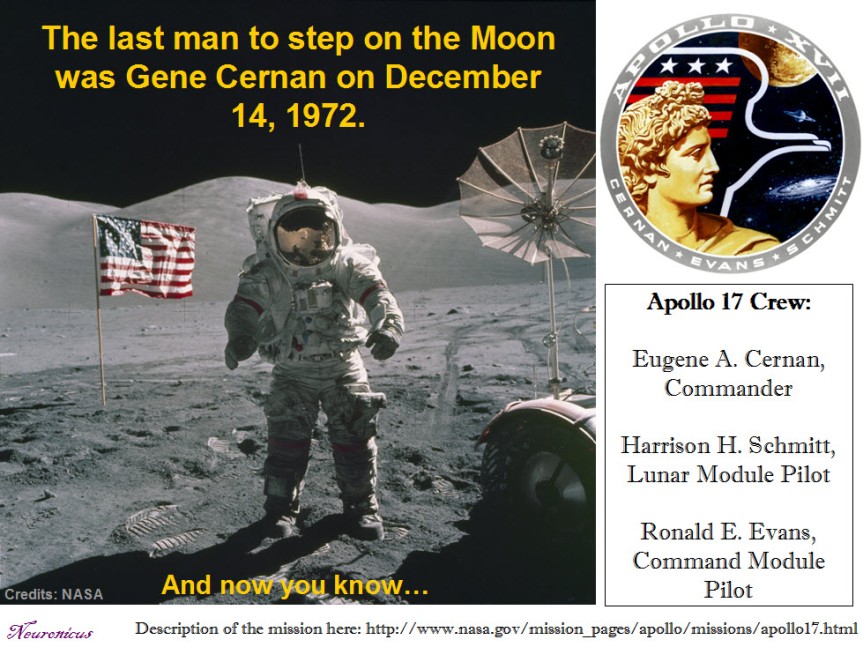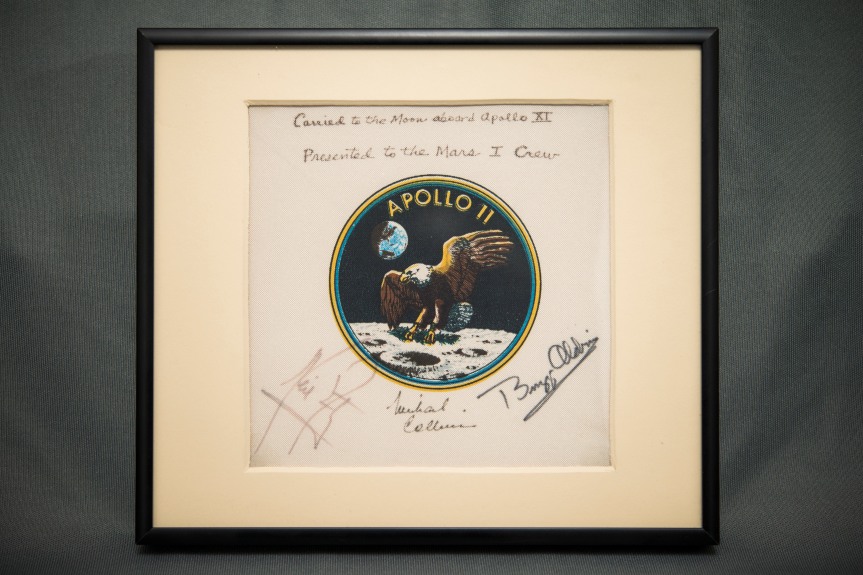Let’s wish Happy Birthday to Sir Donald Lynden-Bell, who turns today 81. In 1969 he published a paper where he proposed that massive black holes exist at the center of the galaxies. For this, he was rewarded the Kavli Prize in Astrophysics in 2008.
Before him, in 1951, Piddington & Minnet discovered a radio signal (at 1210 MHz) coming from the nucleus of Milky Way, named Sagittarius A.
Lynden-Bell was proven right in 1974 by astronomers Bruce Balick and Robert Brown who found evidence of Milky Way’s own supermassive black hole. Brown named it Sagittarius A* in 1982 (Sagittarius A* is part of Sagittarius A; and you thought biology nomenclature is confusing…).
Astrophysics terminology aside, happy birthday, Sir Donald!

References:
1. Lynden-Bell, D (16 Aug 1969). Galactic Nuclei as Collapsed Old Quasars. Nature, 223: 690-694. doi: 10.1038/223690a0. Article | FULLTEXT PDF
2. Brown, RL (1 Nov 1982). Processing Jets in Sagittarius A: Gas Dynamics in the Central Parsec of the Galaxy. The Astrophysical Journal, 262: 110-119. doi: 10.1086/160401. FULL TEXT
By Neuronicus, 5 April 2016





